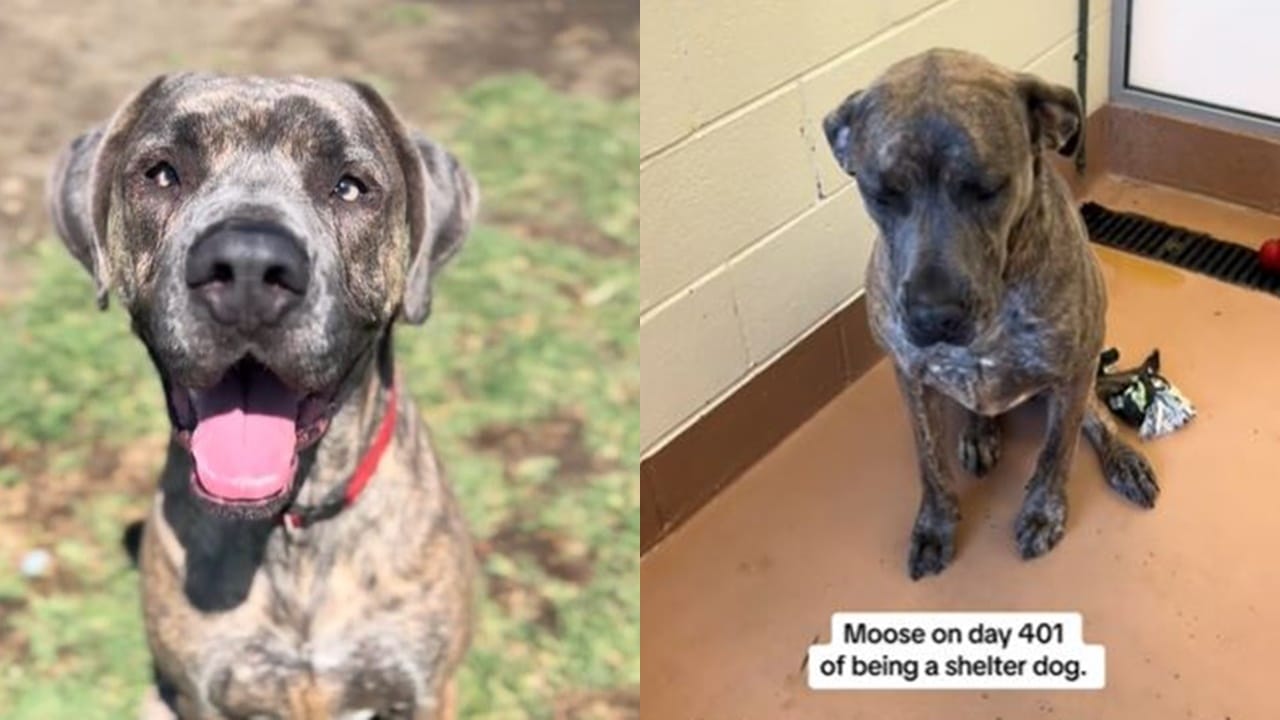A viral video shows a close-up of the cat’s tongue leaving the internet horrified
Here’s the reason why a feline’s tongue is covered in these backward-facing spines.
On social media, a viral video showed a cat’s tongue that left viewers stunned. The video, shared on X, featured a close-up of the cat’s tongue, gaining attention and seriously disturbing viewers

For cat lovers, the sensation of a feline friend’s lick can be surprisingly abrasive, causing itchiness and discomfort.
A viral video showed a close-up of the cat’s tongue
A close-up video was originally shared by registered veterinary technician Peter Carlos from Florida.
Then, the video was published and garnered over 4.1 million views on X, showcasing an astonishing sight that prompted an influx of comments from viewers expressing their amazement.

The video has the caption: “Close up of cat’s tongue”
The footage reveals how a cat’s tongue is covered in backward-facing spines, leaving viewers astounded as it unveils the true nature of a cat’s tongue.
The video quickly went viral and sparked debate on social media

One person said: They spend half their days grooming themselves, using their tongues as a brush. When they lick you, it feels like Velcro being pulled over your skin.
A second commented: when a cat licked me for the first time I FREAKED OUT I didn’t know what it was at first.
A third wrote: When I see this, it gives me a vibe, a vibe that feels like a fricken needle flowing through my body.
Someone else said: So that’s why they say cat tongues are rough. That makes sense, considering I’ve been licked on the cheek by a cat

Why is a cat’s tongue covered by backward-facing spines?
A cat’s tongue plays a vital role in enabling these solitary creatures to live independently with ease. But what’s the reason behind the cat’s tongue being covered in these backward-facing spines?”
According to Cat Protection, they serve as an efficient tool for hunters, allowing them to extract meat from bones while efficiently obtaining the maximum nutrition.

Thanks to the papillae, cats can lap water without the need to dip their heads into a bowl. Instead, they can rapidly dunk their tongue back and forth to draw water up from the surface.
Furthermore, these tiny spines serve as a natural comb, with cats often using their tongues for grooming their fur. The backward-facing alignment of the spikes allows a cat’s tongue to effortlessly remove loose fur and dirt.
The backward-facing spines on the front part of the tongues of cats and most large felids like tigers, lions, and leopards facilitate the easiest enjoyment of their meals.

Moreover, these tongue spines are also controlled by muscles in the tongue. When grooming or caring for their young, these spines are retracted to prevent harm, while enhancing sensation.
Conversely, when not intending harm or attack towards humans, their tongues are completely harmless. This has been proven by tiger keepers, who have been licked by tigers without any harm.








